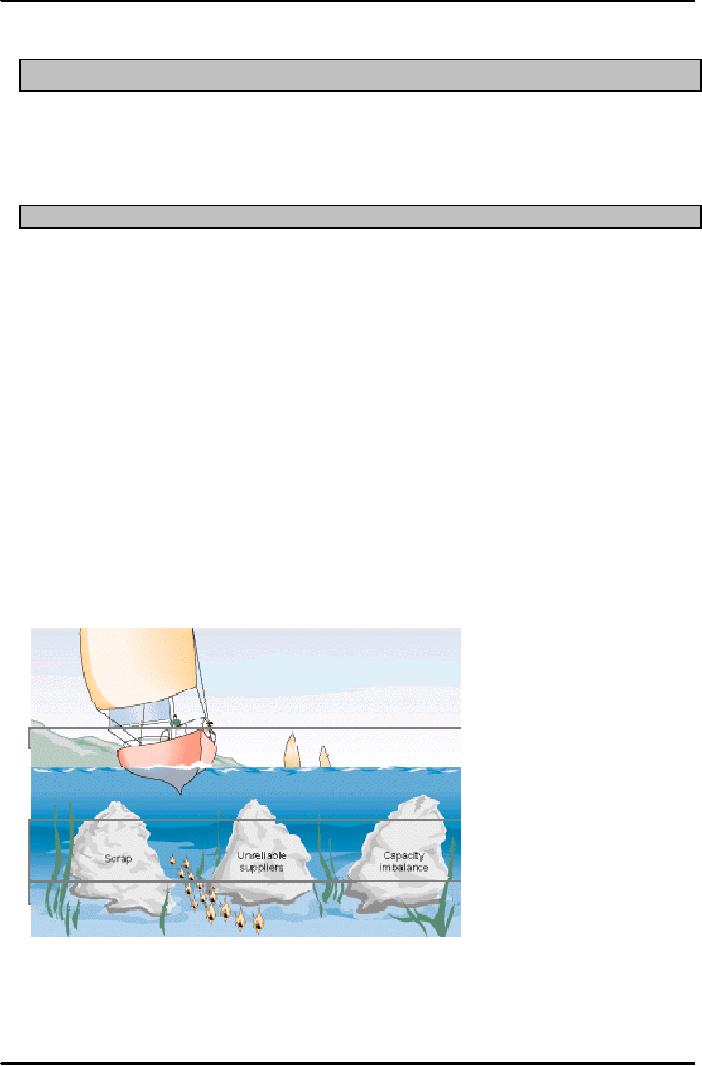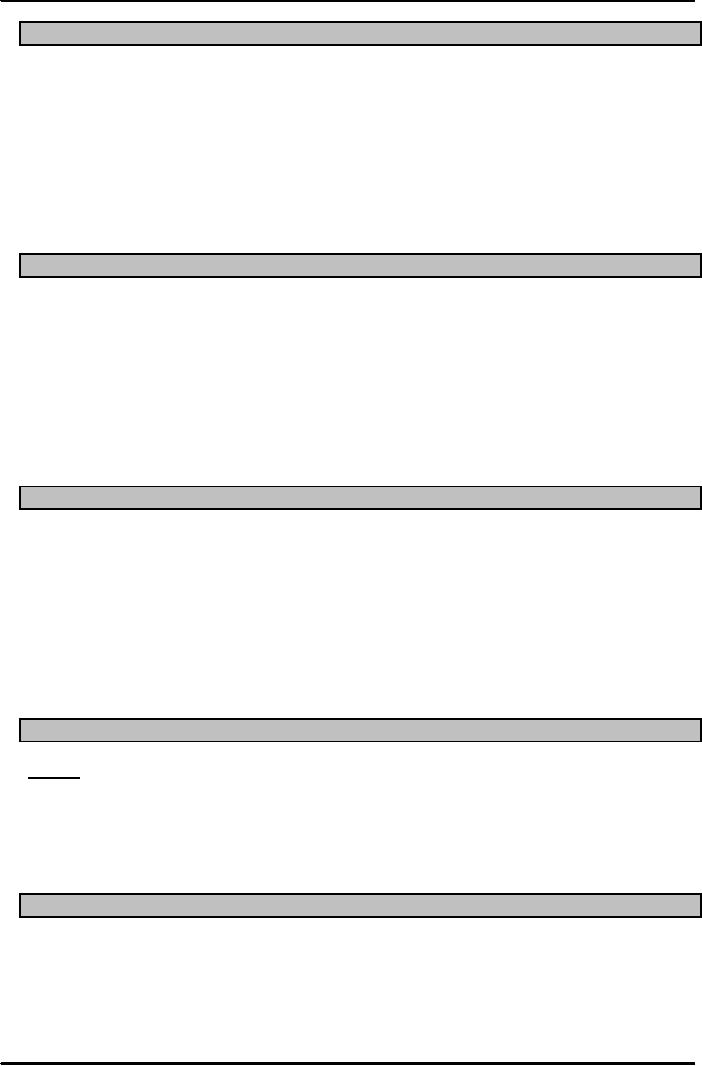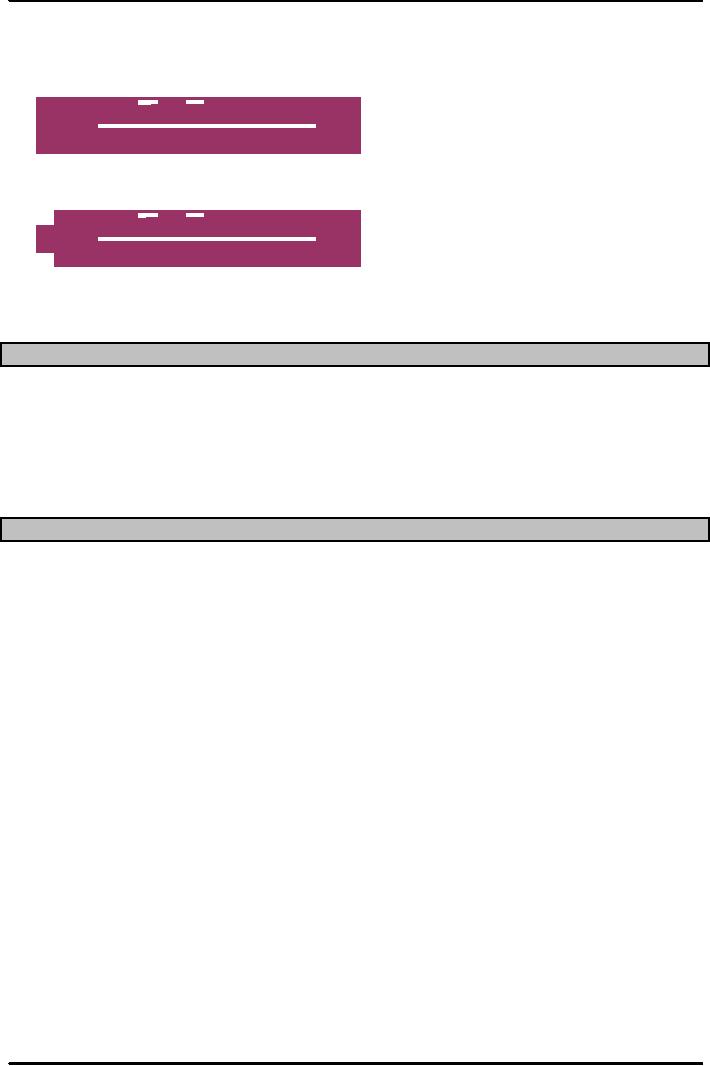 |

Production
and Operations Management
MGT613
VU
Lesson
37
JUST
IN TIME PRODUCTION
SYSTEMS
We have
progressed our discussion on
Lean Production Systems and
Just In Time Systems and we
will
now
focus our attention upon
Lean Systems in Services,
Operational Benefits associated
with JIT. We
will
also note some of the common
Implementation Issues along
which the Organizational face
while
implementing
JIT. We also need to know
what single Kanban System is
and solve some
examples.
Characteristics
of Lean Systems:
Just-in-Time
Continuous
Improvement with the help of
Lean Systems is possible if Operations
Managers are able
to
focus on some of the common characteristics of
Lean Systems, which
include:
1.
Pull
method of materials flow
2.
Consistently
high quality
3.
Small
lot sizes
4.
Uniform
workstation loads
5.
Standardized
components and work
methods
6.
Close
supplier ties
7.
Flexible
workforce
8.
Line
flows
9.
Maintenance
10.
Automated
production
11.
Preventive
maintenance
The
figure below of a ship
sailing through waters is a great
representation of an organization
carrying
its business with hidden
rocks (barriers) like scrap,
unreliable suppliers and capacity
imbalance,
carrying the threat of sinking the ship.
With proper and effective
lean production
system
philosophy
in place, this can be avoided and
organization can continue to
sail through smooth
and
calm
waters.
Unreliable
Capacity
Scrap
suppliers
imbalance
170

Production
and Operations Management
MGT613
VU
Lean
Systems in Services
1.
Consistently
high quality
2.
Uniform
facility loads
3.
Standardized
work methods
4.
Close
supplier ties
5.
Flexible
workforce
6.
Automation
7.
Preventive
maintenance
8.
Pull
method of materials flow
9.
Line
flows
Operational
Benefits
1.
Reduce
space requirements
2.
Reduce
inventory investment
3.
Reduce
lead times
4.
Increase
labour productivity
5.
Increase
equipment utilization
6.
Reduce
paperwork and simple planning
systems
7.
Valid
priorities for
scheduling
8.
Workforce
participation
9.
Increase
product quality
Implemental
Issues
1.
Organizational considerations
a.
Human cost of JIT
systems
b.
Cooperation and trust
c.
Reward systems and labour
classifications
2.
Process considerations
3.
Inventory and
scheduling
a.
MPS stability
b.
Setups
c.
Purchasing and logistics
Kanban
Production Control
System
Kanban:
Card or other device that
communicates demand for work
or materials from the preceding
station.
Kanban
is the Japanese word meaning
"signal" or "visible
record".
Paperless
production control
system.
Authority
to pull, or produce comes from a
downstream process.
Kanbans
also govern the assembly or Parts'
movement authorization
Kanban
Formula
We
can mathematically construct the Kanban
Formula, If we designate the following
alphabets
N
= Total number of containers ( Or Kanban
Cards)
D
= Planned usage rate of using work
center
T
= Average waiting time for
replenishment of parts
plus
average production time for
a
container
of parts
171

Production
and Operations Management
MGT613
VU
X
= Policy variable set by
management
-
possible inefficiency in the system often
called Alpha
C
= Capacity of a standard
container
DT(1+X)
N
=
C
Often
the same formula above is
used with the following
parameters in mind
N=
# cards
D=
usage
T
= wait + process time
X
= efficiency rating
C
= bin capacity
Example
A
company in Gujranwala is making rubber
tyres and tubes. The operations manager
has just
completed
his MBA from VU and has
observed the that factory has
inefficient machine group. He
records
that the daily demand for
21" tube is 1000 units.
The average waiting time
for a container of
the
same part is 0.5 day.
The processing time for the
tyre tube container is 0.25
day. A container can
hold
500 units, currently there
are 20 containers for this
item.
Calculate
1.
What is the value of policy
variable ALPHA?
2.
What is the total planned
inventory (work in process and
finished goods) for the tyre
tube?
3.
Suppose that the policy
variable Alpha is 0, how
many containers would be needed?
what is
the
effect of policy variable in
this problem?
Solution
The
given data is
d
is 1000 units, w bar = 0.5
day.
P
bar= 0.25 day. K= 500
units and Alpha is to be
calculated.
We
use the equation and substitute
values
d(
w
+
p
)(
1 +α
)
k=
c
Then
with 20 containers in the system and
since each container can
hold 500 units, the total
planned
inventory
is 20 (500)= 10,000
units
If
Alpha is 0 then on substituting values we
have
1000(0.5
+0.25 )( 1 + α )
500
=
20
(1
+ a
)=500
X 20 / 1000 (0.75)
(1
+ a
)=10,000/750=13.33
a
=12.33
172

Production
and Operations Management
MGT613
VU
Then
with 20 containers in the system and
since each container can
hold 500 units, the
total
planned
inventory is 20 ( 500)= 10,000
units
If
Alpha is 0 then on substituting values we
have
1000(0.5
+0.25 )( 1 + 0 )
k=
500
1000(0.75
)( 1 )
k=
500
K=
750/500= 1.5 or more correctly 2
containers.
Single-Card
Kanban System
1.
Each
container must have a
card.
2.
Assembly
always withdraws from
fabrication (pull
system).
3.
Containers
cannot be moved without a
kanban.
4.
Containers
should contain the same number of
parts.
5.
Only
good parts are passed
along.
6.
Production
should not exceed
authorization.
Summary
Organizations
use different methods and
means to signal the need for
material replenishment and
production,
in this lecture we studied the
effective kanban system and
learnt how a single card
Kanban,
JIT
System can be used to
control production
flow.
173
Table of Contents:
- INTRODUCTION TO PRODUCTION AND OPERATIONS MANAGEMENT
- INTRODUCTION TO PRODUCTION AND OPERATIONS MANAGEMENT:Decision Making
- INTRODUCTION TO PRODUCTION AND OPERATIONS MANAGEMENT:Strategy
- INTRODUCTION TO PRODUCTION AND OPERATIONS MANAGEMENT:Service Delivery System
- INTRODUCTION TO PRODUCTION AND OPERATIONS MANAGEMENT:Productivity
- INTRODUCTION TO PRODUCTION AND OPERATIONS MANAGEMENT:The Decision Process
- INTRODUCTION TO PRODUCTION AND OPERATIONS MANAGEMENT:Demand Management
- Roadmap to the Lecture:Fundamental Types of Forecasts, Finer Classification of Forecasts
- Time Series Forecasts:Techniques for Averaging, Simple Moving Average Solution
- The formula for the moving average is:Exponential Smoothing Model, Common Nonlinear Trends
- The formula for the moving average is:Major factors in design strategy
- The formula for the moving average is:Standardization, Mass Customization
- The formula for the moving average is:DESIGN STRATEGIES
- The formula for the moving average is:Measuring Reliability, AVAILABILITY
- The formula for the moving average is:Learning Objectives, Capacity Planning
- The formula for the moving average is:Efficiency and Utilization, Evaluating Alternatives
- The formula for the moving average is:Evaluating Alternatives, Financial Analysis
- PROCESS SELECTION:Types of Operation, Intermittent Processing
- PROCESS SELECTION:Basic Layout Types, Advantages of Product Layout
- PROCESS SELECTION:Cellular Layouts, Facilities Layouts, Importance of Layout Decisions
- DESIGN OF WORK SYSTEMS:Job Design, Specialization, Methods Analysis
- LOCATION PLANNING AND ANALYSIS:MANAGING GLOBAL OPERATIONS, Regional Factors
- MANAGEMENT OF QUALITY:Dimensions of Quality, Examples of Service Quality
- SERVICE QUALITY:Moments of Truth, Perceived Service Quality, Service Gap Analysis
- TOTAL QUALITY MANAGEMENT:Determinants of Quality, Responsibility for Quality
- TQM QUALITY:Six Sigma Team, PROCESS IMPROVEMENT
- QUALITY CONTROL & QUALITY ASSURANCE:INSPECTION, Control Chart
- ACCEPTANCE SAMPLING:CHOOSING A PLAN, CONSUMER’S AND PRODUCER’S RISK
- AGGREGATE PLANNING:Demand and Capacity Options
- AGGREGATE PLANNING:Aggregate Planning Relationships, Master Scheduling
- INVENTORY MANAGEMENT:Objective of Inventory Control, Inventory Counting Systems
- INVENTORY MANAGEMENT:ABC Classification System, Cycle Counting
- INVENTORY MANAGEMENT:Economic Production Quantity Assumptions
- INVENTORY MANAGEMENT:Independent and Dependent Demand
- INVENTORY MANAGEMENT:Capacity Planning, Manufacturing Resource Planning
- JUST IN TIME PRODUCTION SYSTEMS:Organizational and Operational Strategies
- JUST IN TIME PRODUCTION SYSTEMS:Operational Benefits, Kanban Formula
- JUST IN TIME PRODUCTION SYSTEMS:Secondary Goals, Tiered Supplier Network
- SUPPLY CHAIN MANAGEMENT:Logistics, Distribution Requirements Planning
- SUPPLY CHAIN MANAGEMENT:Supply Chain Benefits and Drawbacks
- SCHEDULING:High-Volume Systems, Load Chart, Hungarian Method
- SEQUENCING:Assumptions to Priority Rules, Scheduling Service Operations
- PROJECT MANAGEMENT:Project Life Cycle, Work Breakdown Structure
- PROJECT MANAGEMENT:Computing Algorithm, Project Crashing, Risk Management
- Waiting Lines:Queuing Analysis, System Characteristics, Priority Model